New EASA Regulations For PPL
(Reviewed on 25th September 2019)
Introduction
Hi Everyone.
At long last I am back posting again. EASA (European Aviation Safety Agency) is the new regulating authority for Europe. There is a big shake-up in European legislation in relation to flying. These changes are going to affect all of us. All of the changes must be in effect by April 2014.
At the moment I am busy updating our Operations Manual and Training Manual to reflect the changes. JAR-FCL will no longer be the official documentation for describing flying training. The new document will be EASA Part FCL. This is a difficult document to read but I have picked out the relevant parts for the Helicopter PPL.
But don’t get too scared by all of the changes that are coming because most of the changes do not affect helicopters. I will try to put as much information on here as I can think of, but forgive me if I miss anything and if you know of something that I miss in this post, let me know and I will add to it.
JAR-FCL Licenses are no longer being issued. All licenses issued now will be in accordance with EASA Part FCL. Anyone renewing a license or a rating will be issued with a new EASA Part FCL license.
For further information:
PPL Course Pre-entry Requirements
- Minimum age is 15 years old before commencing training.
- Before being admitted for training, the Approved Training Organisation must ensure that all students have sufficient knowledge of Mathematics, Physics and English Language to facilitate an understanding of the theoretical knowledge instruction content of the course.
- Minimum age for solo flight is 16 years old.
- Students must obtain a Class 1 or Class 2 Medical certificate before they can go solo and I would recommend for any student to obtain this BEFORE starting training.
Credit for Previous Experience
Anyone who holds a pilot license for aeroplanes, microlights (with fixed wings and moveable aerodynamic control surfaces acting in all 3 dimensions), microlight helicopters, gyroplanes, gliders, self-sustaining gliders or self-launching gliders may be credited with 10% of their total flight time as pilot in command in such aircraft up to a maximum of 6 hours towards the PPL(H).
Flight Hours
The PPL(H) course consists of a MINIMUM of 45 hours flight time. Of this, 25 hours must be dual instruction time, 5 hours instrument dual instruction and 10 hours supervised solo time. The 10 hours supervised solo time must include 5 hours solo cross country, including a qualifying cross country flight of 100 nm (minimum), with landings at two aerodromes other than the point of departure.
The exercises are numbered as follows:
- Helicopter familiarisation and emergency procedures.
- Preparation for and action after flight.
- Air experience
- Effects of controls
- Power and attitude changes
- Straight and level flight
- Climbing
- Descending
- Turning
- Basic autorotations
- Hovering, Hover taxiing and spot turns, Hovering and taxiing emergencies
- Takeoff and landing
- Transitions from hover to climb and approach to hover
- Circuit approach and landing, Steep and limited power approaches and landings, Emergency procedures
- First solo
- Sideways and backwards hover manouevring
- Spot turns
- Hover (OGE) and vortex ring
- Simulated engine off landings
- Advanced autorotations
- Practice forced landings
- Steep turns
- Transitions
- Quick stops
- Navigation
- Advanced takeoffs, landings and transitions
- Sloping ground
- Limited power
- Confined area operations
- Basic instrument flight
You may notice that the flying syllabus content is still the same as that listed for JAR-FCL2 but the lesson numbering has changed slightly.
Theoretical Knowledge Instruction
The theoretical knowledge subjects are:
- Air law and ATC procedures
- Principles of flight
- Aircraft general knowledge
- Meteorology
- Communications
- Navigation
- Operational procedures
- Flight performance and planning
- Human performance
- General flight safety
Students will have to do a minimum of 100 hours study in a classroom with a ground instructor. However, some Approved Training Organisations (ATO) may be approved to administer some of the 100 hours as a correspondence or distance learning course.
On completion of the theoretical knowledge course, students may attempt the IAA theoretical knowledge (multiple choice) exams.
Already Started Training?
If you have already started training under the old JAR syllabus, there is no need to worry. You have until 8th April 2017 to complete your training otherwise you will have to do the extra theoretical knowledge and flight training necessary meet the EASA regulations.
Converting Licenses from Non-European Countries
Foreign pilots with an equivalent license can convert their license to an EASA license. They should first contact an appropriate Approved Training Organisation (ATO) in the country relevant to where they want to train.
The ATO will do an assessment flight to determine what (if any) extra flight training is required. Foreign pilots will have to pass the written exams relevant to the type of licence they are converting. This will normally involve a certain amount of studying.
The course duration, number of lessons and training hours may be reduced from the published syllabus.
On completion of the written exams and flight training (if required), a foreign pilot will have to pass a License Skills Test (LST) before a license is issued.
Credit for Military Service
Anyone who has had previous military flying experience in Europe, should apply to the Authority of the country in which they flew for credit towards their Part FCL flying.
Conclusion
As you can see from above, the theoretical knowledge training for the PPL(H) has doubled to 100 hours. This is the major change to the syllabus. The flight syllabus is virtually identical but with some minor changes and the lesson numbers have changed. Any new students are automatically training for the EASA license and do not have to worry about anything. Existing students in Ireland who commenced their training before April 2013 have until 8th April 2017 to obtain their PPL otherwise things may start to get complicated.
I hope this helps to clarify some of your questions but feel free to drop me a line any time and if I can help you, I will.
Did you enjoy this post? Why not leave a comment below and continue the conversation, or subscribe to my feed and get articles like this delivered automatically to your feed reader.


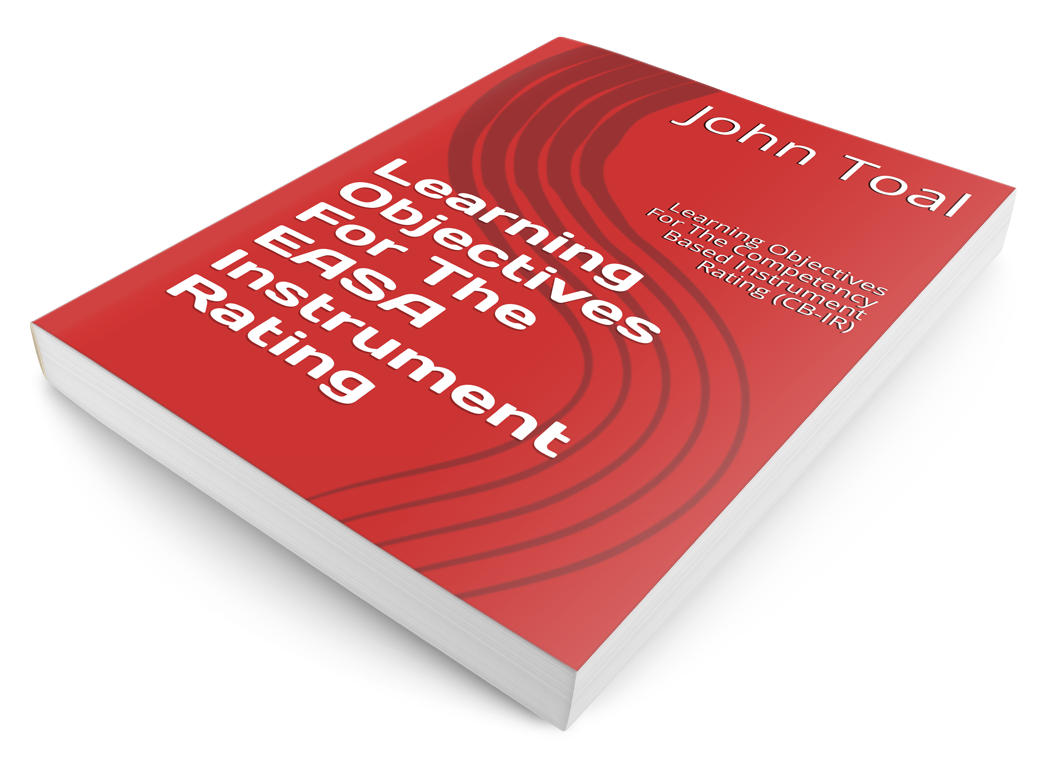
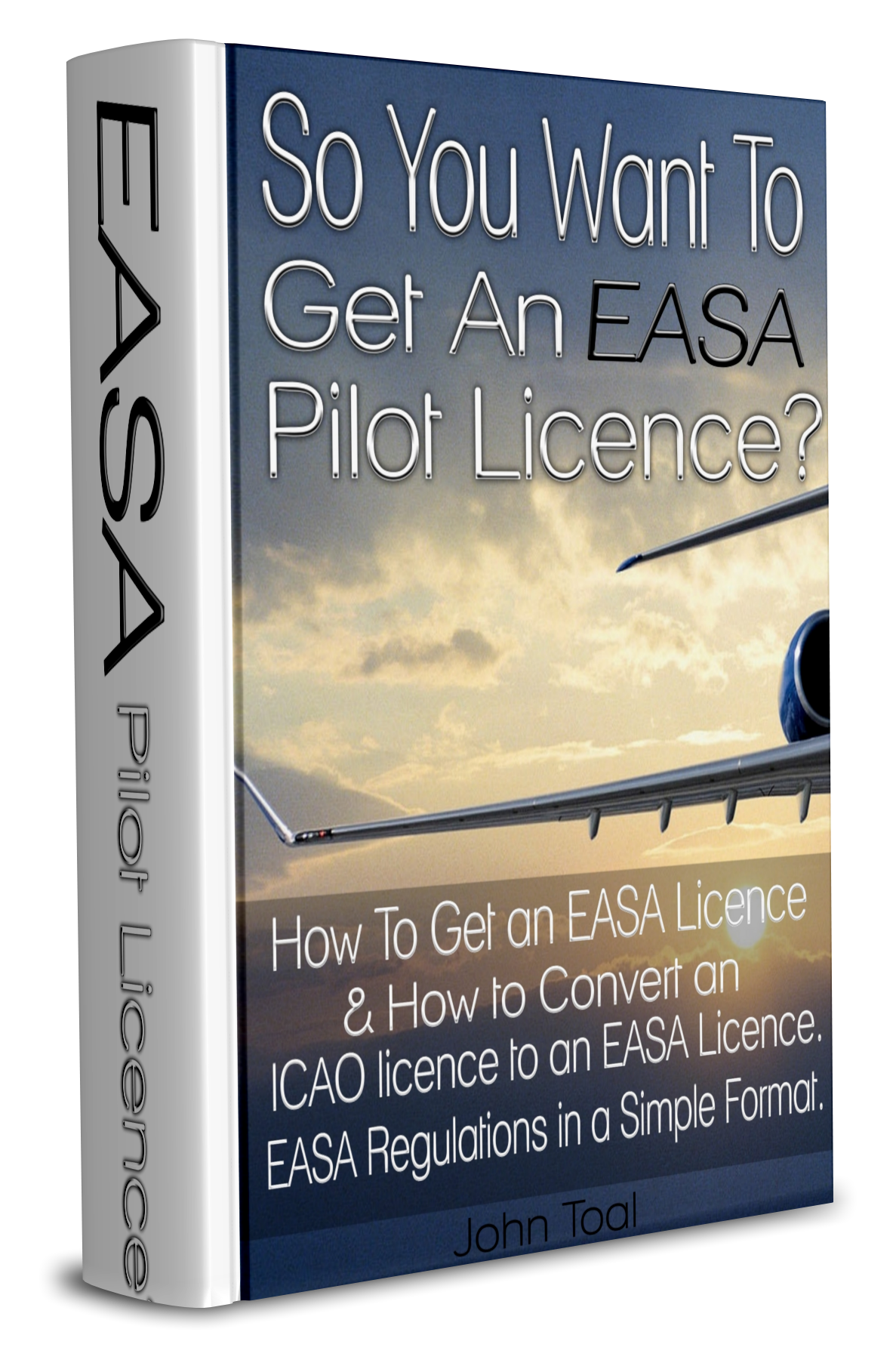
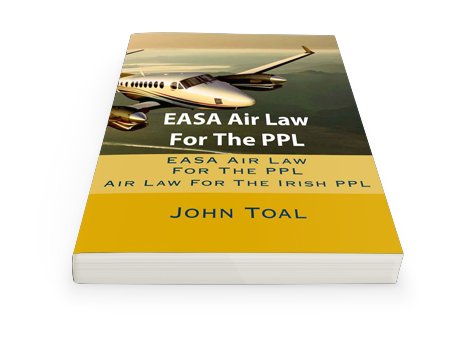
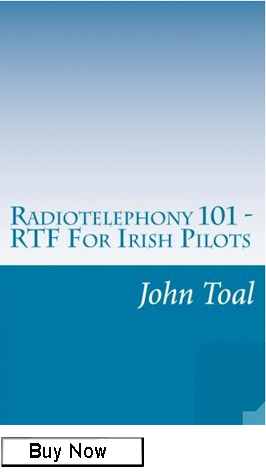
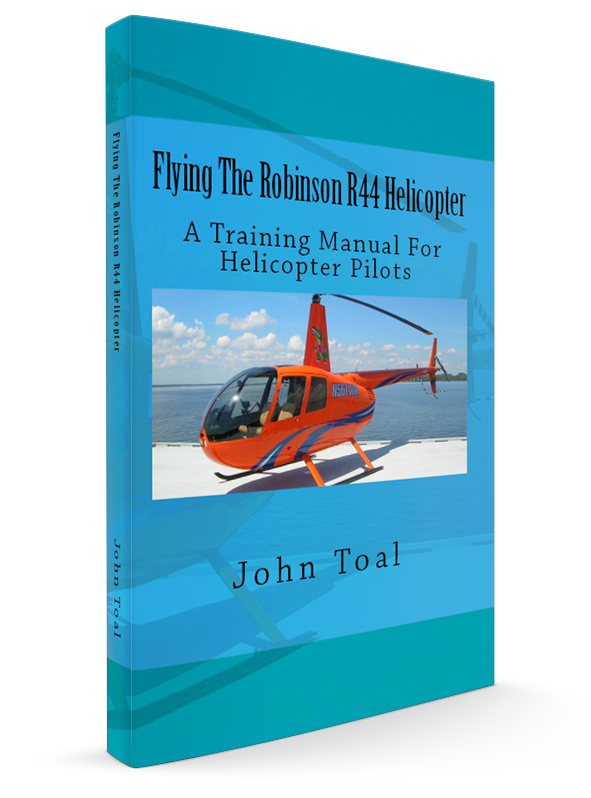


Comments
No comments yet.
Sorry, the comment form is closed at this time.